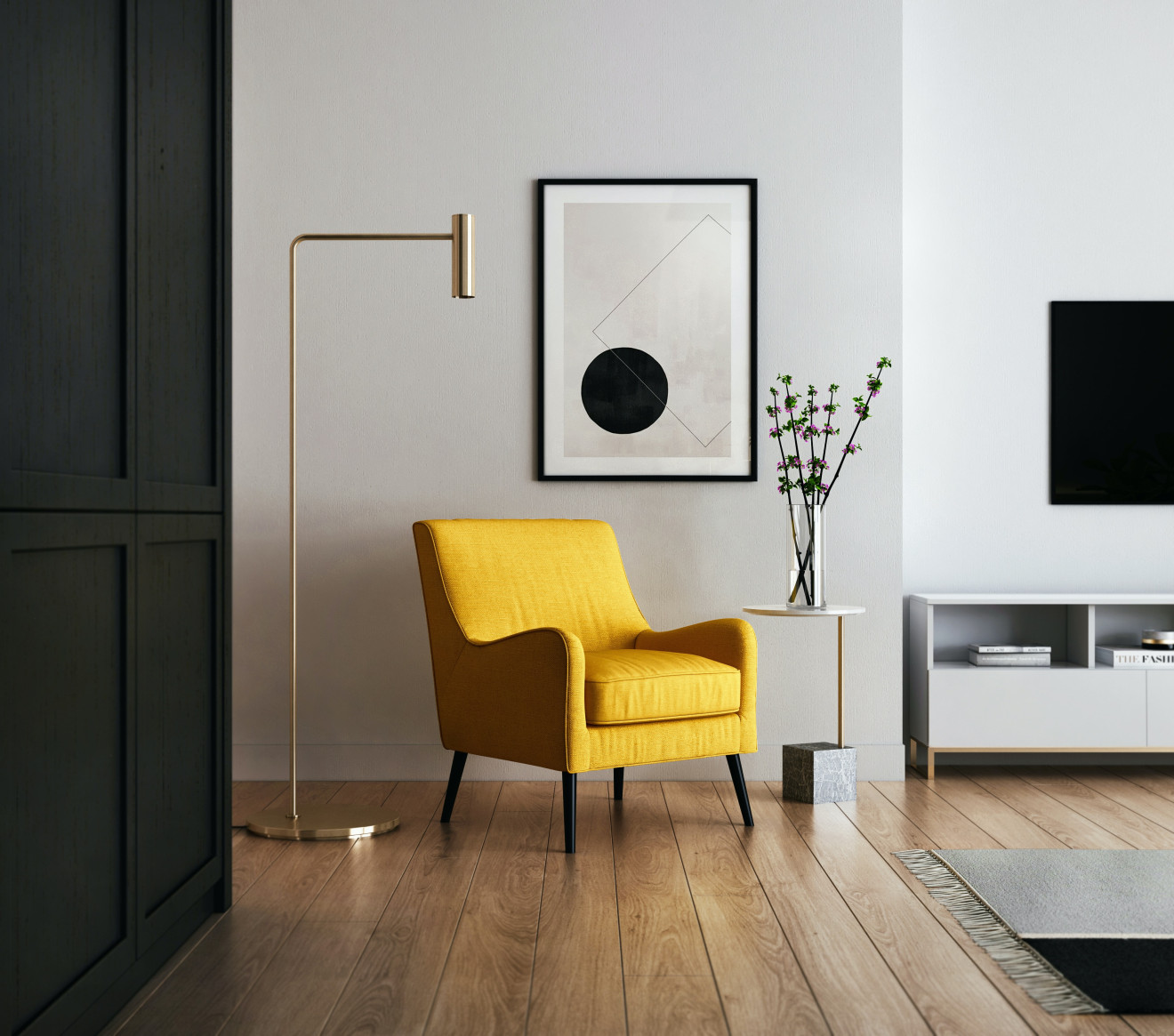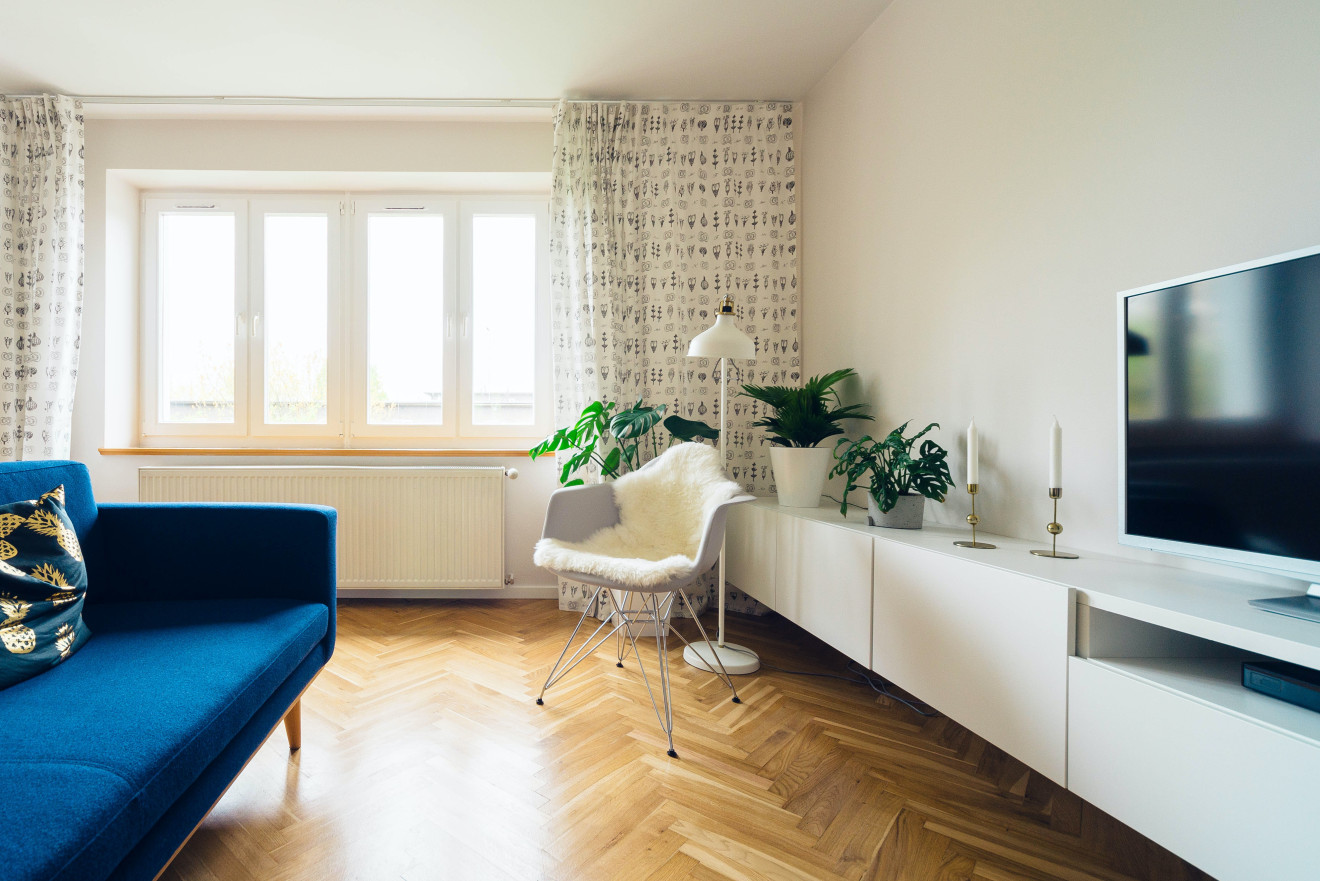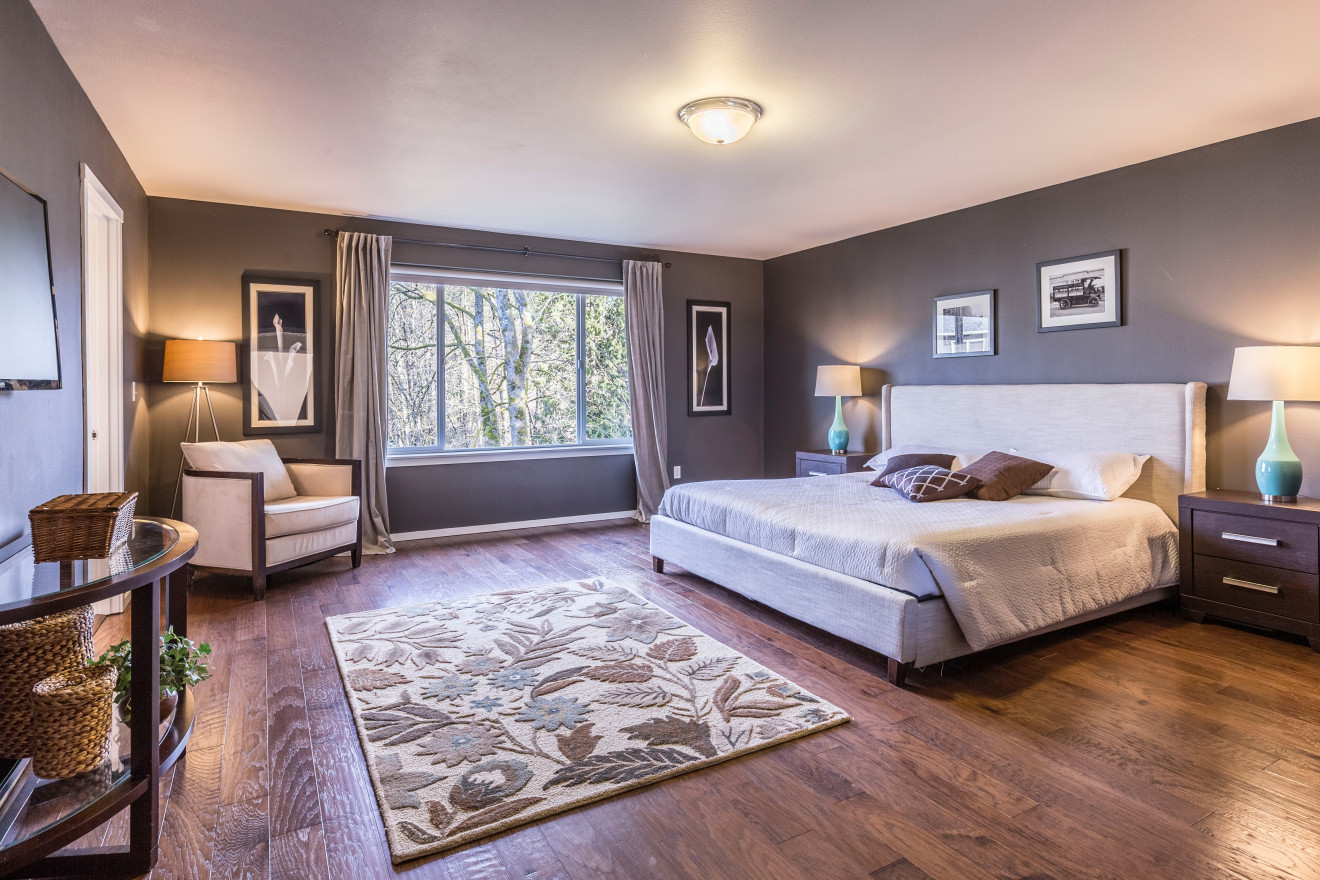Capturing high-quality photos of your holiday rental property is vitally important for its success.
These images serve as the initial introduction to potential guests, leaving a lasting impression that can influence their decision-making process. Well-composed and appealing photos have the power to draw attention, evoke desire, and effectively communicate the property's offerings. They showcase the rental's best features, enabling prospective guests to envision themselves enjoying the space and its amenities.
By providing accurate and detailed representations, images set clear expectations for guests and reduces guest dissatisfaction on arrival.
More importantly, in a competitive holiday rental market, striking images give your property an edge, make it stand out and increases the likelihood of it being chosen by discerning guests.
These visuals serve as a virtual tour, guiding guests through the property's layout and design, leading to informed decisions and fewer inquiries.
The impact of quality images goes beyond bookings alone. It also affects the perceived value of the property, potentially allowing for higher daily rates. Quality images are the most vital assets for your marketing efforts not only on your Search and Stay listing but also for your own online presence and social media sharing.
Here is how you take exceptional photos of your vacation rental to attract more guests.
1. USE A SHOT LIST
Make a shot list. A shot list helps you to make sure you cover all aspects of your holiday rental and makes your photo shoots more efficient. As well as the amenities of the property and how many rooms it has and how many guests can be accommodated, also make a note of important angles, features and maybe even pieces of art or décor that make your home special.
Most vacation listing sites let you add plenty of images to your property listing, Search and Stay lets up add up to 30 images.
If you have more than one property, create a different shot list for each vacation rental property. Highlight, whether it’s a house or an apartment and include each of the rooms.
Here is an example shot list for vacation rental property:
Exterior:
· Front view of the property
· Front door or entrance (this helps people know they have the right property when they arrive)
· Backyard or outdoor space
· Patio or deck area
· Views from the property (if particularly appealing)
Entrance:
· Entrance shot as you come in the door (preferably that looks appealing and welcoming)
Living Room:
· Wide-angle shot of the living room
· Close-up of the seating area
· Fireplace
· Entertainment centre
· Close-up of any unique decorative features
Kitchen:
· Overall shot of the kitchen
· Close-up of countertops and appliances
· Dining area or breakfast nook
· Any high-end appliances or special details
Dining Area:
· Full view of the dining area
· Close-ups of table settings or unique decor
· Highlight any views visible from the dining area
Bedrooms:
· Bedroom overview
· Close-ups of bed and bedding
· Wardrobe, cupboards and
· Unique bedroom features (e.g. window views, decorations)
· Ensuite
Bathrooms:
· Main bathroom overview
· Detailed shots of fixtures and surfaces
· Special features like Jacuzzi tubs or walk-in showers
· If applicable, any powder rooms or half-baths
Outdoor Spaces:
· Views from balconies or terraces
· Swimming pool and lounging areas (if available)
· BBQ or outdoor cooking setup
· Any special outdoor amenities (e.g., hot tub, fire pit)
Unique Features:
· Capturing any standout amenities (home theatre, game room, etc.)
· Unique design elements that set the property apart
Details and Decor:
· Close-ups of interior design details
· Artwork, decorative elements, or furniture details
· Any special touches that enhance the property's character
Neighbourhood and Surroundings:
· Nearby attractions or landmarks
· Access to the beach, mountains, or other scenic spots
· Restaurants, shops, or entertainment options
Remember, this shot list can be adjusted based on the property's specific features. The goal is to capture the essence of the vacation rental property, highlighting its key selling points and creating an inviting visual representation for potential guests.

2. ENSURE THE PROPERTY IS CLEAN BEFORE THE SHOOT
Regardless of your photographic skills, a messy or dirty house won’t look good in photos. Make sure that your holiday rental property is clean, tidy and ready to be photographed.
Maybe include some nice touches like flowers, a welcome basket (if you offer one), cheese platter to make the property less sterile.
3. CONSIDER A HOME STAGER
Home staging is a service that involves staging or decorating a home, rearranging furniture, etc. to make the home look as attractive as possible to guests.
A home stager will strategically arrange and decorates properties to enhance visual appeal, highlight key features, and create an emotional connection. This can increase perceived value and competitive advantage. Obviously, it's important that your holiday rental contains the same furniture, amenities and offerings as in the photo, the home stager might just help make your home to be more appealing online.
4. CHOOSE THE RIGHT TIME TO SHOOT
If possible, try to shoot during the early morning or late afternoon. Those times are often referred to as the golden hours because they create soft shadows and warm tones for photos that will work well for almost any property.
Make sure the sun is illuminating the front of the house, though.
A cloudy day also provides a good lighting environment to photograph a house. Unfortunately, it will make for a very dull sky framing the property.
5. USE A TRIPOD
It will help you to have a fixed frame to compose your images better and prevent or diminish perspective distortion.
6. USE AMBIENT LIGHT WHEN POSSIBLE
You don’t need professional lighting. It’s better to get the shot using the available ambient light. Here are a few tips when working with ambient light:
Position yourself where the windows are on the side of you or at 45 degrees. Avoid having the window directly in front or behind.
Consider closing the blinds or curtains if there’s too much contrast between the outside and the inside of a room.
Keep the lights off whenever possible to avoid having different light temperatures.
For outdoor shots, ensure the light is illuminating the front of the property
7. CHOOSE THE BEST PERSPECTIVE
When choosing where to set up your tripod, keep in mind the scope of real estate photos - showcasing the property's characteristics and representing it as objectively as possible. If possible, always try to include three walls to offer a better idea of the space. Selecting the optimal perspective is crucial when photographing your holiday rental property. Aim for angles that showcase the property's most appealing features while maintaining an accurate representation of its layout. Consider using wide-angle lenses to capture the spaciousness of rooms, shooting from doorways for better compositions, and including at least three walls in each shot to provide a comprehensive view. If the space is small, you might have to shoot from the doorway to be able to stand behind the camera. Choosing a wide-angle lens can also help with this. Avoid distorting the perspective and aim to balance creativity with accuracy to present your holiday property in its best light.

8. SHOOT AT THE RIGHT HEIGHT
When capturing images of your holiday rental property, shooting from the correct height is key. Strive to prevent perspective distortion by maintaining a level camera position, ensuring vertical lines like doorways appear straight. This is why it’s important to use a tripod.
Typically, shooting at chest height minimises distortion, but consider lower angles for more balanced compositions.
Experiment with various heights to find the best one for each room, enhancing the visual appeal and accuracy of your property photos. On the other hand, finding the best height to shoot from can be more difficult because it is subjective and can change from one room to the next.
Shooting at chest height is the standard to avoid distortion. However, this can sometimes result in too much ceiling and too little foreground. In some cases, it might even be cutting off a piece of furniture that’s too close to the camera creating an awkward composition. To solve this, you will need to shoot from a lower height. Most real estate photographers recommend the height of a doorknob. Until you become more experienced, try shooting at different heights to find the best one for each shot.
Taking appealing photos of your holiday rental property can without a doubt help attract more potential guests. Reliable and honest photos help cultivate trust and suggest professionalism which helps to attract guest bookings.
Ultimately, investing in excellent holiday rental photos is a likely boost to your holiday rental property's overall success. Good images play a pivotal role in capturing attention, driving bookings, fostering positive guest experiences and creating a lasting impression, which if matched by the real-life experience, can lead to repeat business and enthusiastic recommendations.
17 quick tips for capturing exceptional photos of your vacation rental:
- Clean and Stage the Property: Ensure the property is clean and well-maintained. Make beds, arrange furniture, and add decorative touches to make the space look inviting.
- Natural Light: Choose a time of day when natural light fills the rooms. Open curtains and blinds to let in as much light as possible.
- Use a Smartphone or Camera: You don't need a high-end camera. Most modern smartphones have good enough cameras for basic property photography. If you have a digital camera, that's a bonus.
- Horizontal and Vertical Shots: Capture both horizontal and vertical shots to show the property from different perspectives. Horizontal shots are great for showcasing spaciousness, while vertical shots work well for highlighting height.
- Wide-Angle Lens (If Available): If your smartphone or camera has a wide-angle option, use it to capture more of the room in a single shot. This can make spaces appear larger and more inviting.
- Compose Thoughtfully: Frame your shots to capture the best features of each room. Use the rule of thirds to balance the composition. Avoid capturing too much ceiling or floor – focus on the middle section of the room.
- Highlight Key Areas: Capture key appealing aspects of the property, such as a cosy reading nook, a well-equipped kitchen, or a comfortable outdoor seating area.
- Outdoor Spaces: Don't forget to photograph outdoor areas like patios, balconies, gardens, or swimming pools. These areas can be a big selling point for vacation rentals.
- Details and Amenities: Take close-up shots of special amenities, such as a jacuzzi, fireplace, coffee machine or stylish decorations. Showcase any features that set your property apart.
- Keep It Neat: Remove personal items like family photos and toiletries to create a neutral and clutter-free environment.
- Tripod or Stable Surface: If available, use a tripod or a stable surface to avoid shaky photos. This helps maintain clear, sharp images.
- Avoid Harsh Shadows: Direct sunlight can create harsh shadows. If shooting indoors, position yourself so the light is coming from a side or an angle that minimises shadows.
- Edit Lightly: Use basic editing tools to enhance your photos. Adjust brightness, contrast, and saturation if needed. Avoid excessive editing that makes the images look unrealistic or is not what your guests will find on arrival.
- Create a Sequence: When creating your listing on Search and Stay organise your photos in a logical sequence to give potential guests a virtual tour of the property.
- Showcase Views: if your property has scenic views, capture them from the windows or outdoor areas.
- Include People (Optional): Consider including photos of people enjoying the space. This can help guests visualise themselves having a great time during their stay.
- If you allow pets, be sure to include photos of pets in your photos, it makes it instantly obvious to guests looking to book that you are pet friendly. Which is a big plus for those who are travelling with their fur babies.
Remember, the goal is to provide an accurate representation of your holiday rental property while highlighting its best features.
Simple, well-composed photos can go a long way in attracting guests and setting their expectations for a comfortable and enjoyable stay.

